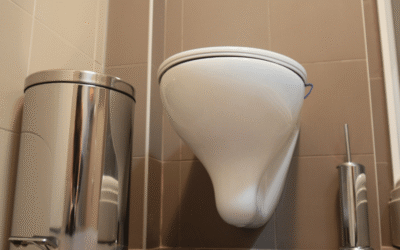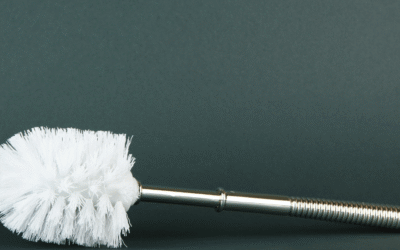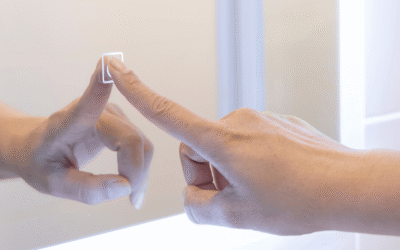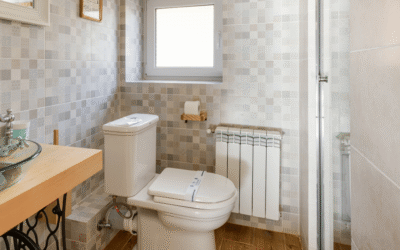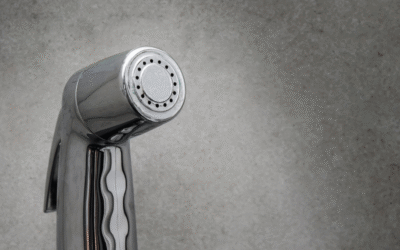Choosing the right stairlift can significantly improve accessibility and independence for individuals with mobility issues. But if you’re shopping for one, you’ll quickly face a key question: Should you choose a straight or curved stairlift? Understanding the difference between straight vs. curved stairlifts is essential for making the right decision for your home, staircase layout, and budget.
What Is the Difference Between a Straight and Curved Stairlift?
The primary difference lies in the shape and structure of your staircase.
Straight Stairlifts
- Designed for staircases with no bends, curves, or landings
- Run on a straight rail that moves parallel to the stairs
- Typically faster to install and less expensive
- Ideal for straight stairs in two-storey homes
These models are mounted directly to the stairs, and because the rail doesn’t require custom shaping, installation is usually simple and cost-effective.
Curved Stairlifts
- Specifically custom-made to fit curved, spiral, or multi-landing staircases.
- Require a curved rail tailored to your staircase’s exact angle and design
- Can accommodate corners, bends, or multiple landings
- Offer a smooth ride even through tight turns
Because of the bespoke nature of the track, curved stairlifts take longer to manufacture and install—but they offer a perfect fit for more complex staircases.
Why Are Curved Stairlifts So Expensive?
The primary cost difference between straight and curved stairlifts is due to customisation. While straight stairlifts use pre-manufactured tracks, curved stairlifts require:
- Precise measurements of your staircase
- A custom-built rail shaped specifically to your stairs
- Additional engineering to ensure maximum comfort and a smooth ride
This results in a much higher price tag.
Cost Comparison
- Straight stairlifts: Typically range from £2,500 to £4,000
- Curved stairlifts: Range from £3,000 to £10,000, with some complex installations reaching £13,000
Despite the higher cost, a curved lift is often the only viable option for homes with intricate stair designs.
Which Stair Lift Is the Best?
The best stairlift depends entirely on your personal needs, the configuration of your staircase, and your budget. Here’s a quick comparison to help guide your choice:
| Feature | Straight Stairlifts | Curved Stairlifts |
| Staircase type | Straight only | Curved, spiral, or with landings |
| Installation time | 1–2 days | 2–4 weeks (includes custom track build) |
| Rail type | Pre-made straight rail | Custom-made curved rail |
| Cost | £2,500–£4,000 | £7,000–£16,000 |
| Customisation | Limited | Highly customisable |
| Best for | Simple stairs, limited budgets | Complex staircases, multiple floors |
A straight lift is ideal for budget-conscious users with straight stairs, while a curved stairlift is necessary for those needing to navigate bends or corners.
Does a Stair Lift Reduce a House’s Value?
Installing a stairlift does not typically devalue a property. In fact, for potential buyers with mobility needs, it may add functional value. However:
- A stairlift may be viewed as unnecessary by younger buyers and could be removed before sale.
- Straight stair lifts are easier to remove than curved ones, which are more difficult to repurpose due to their custom-made rails.
Ultimately, if resale value is a concern, choose a model that’s easy to uninstall or consult your estate agent for advice.
Final Thoughts: Which Should You Choose?
When it comes to straight vs. curved stairlifts, the right choice depends on your staircase layout, budget, and urgency:
- Choose a straight stairlift if your stairs are linear and you need a quick, cost-effective solution.
- Opt for a curved stairlift if your stairs have bends, landings, or are uniquely shaped—it’s the only way to guarantee a safe and seamless ride.
For narrow stairs, complex layouts, or if you’re unsure which model suits your home best, consult a stairlift professional who can conduct an on-site assessment and recommend the most suitable and safe installation.



